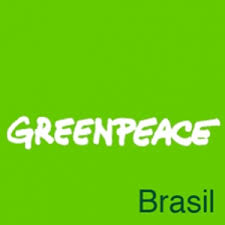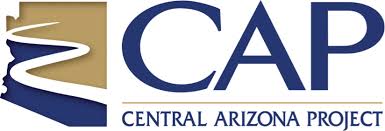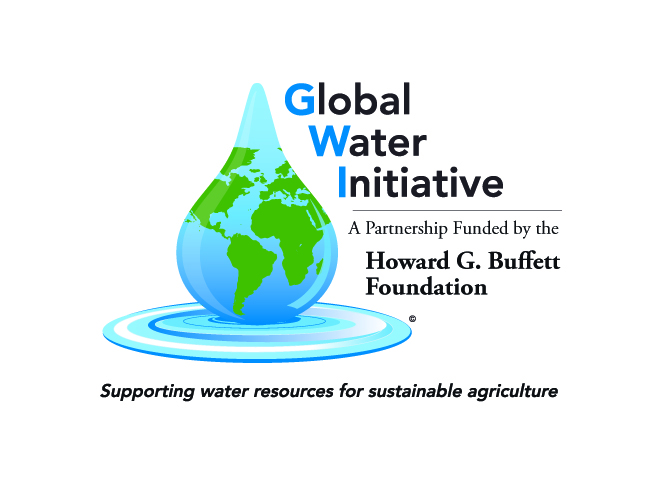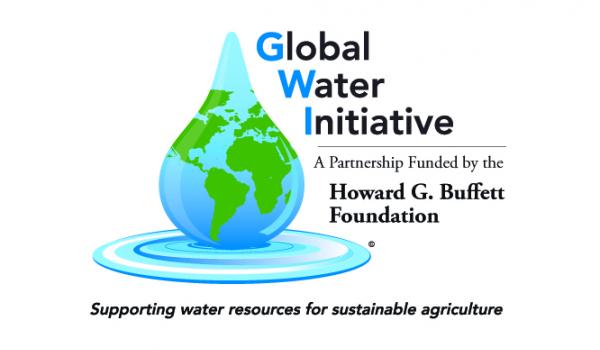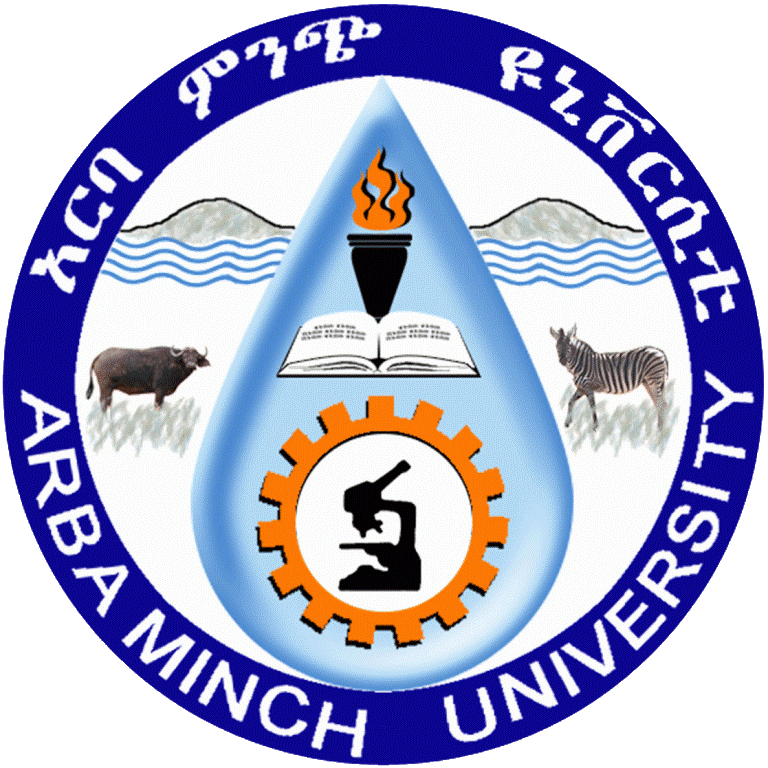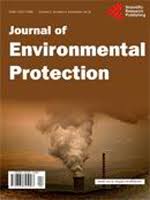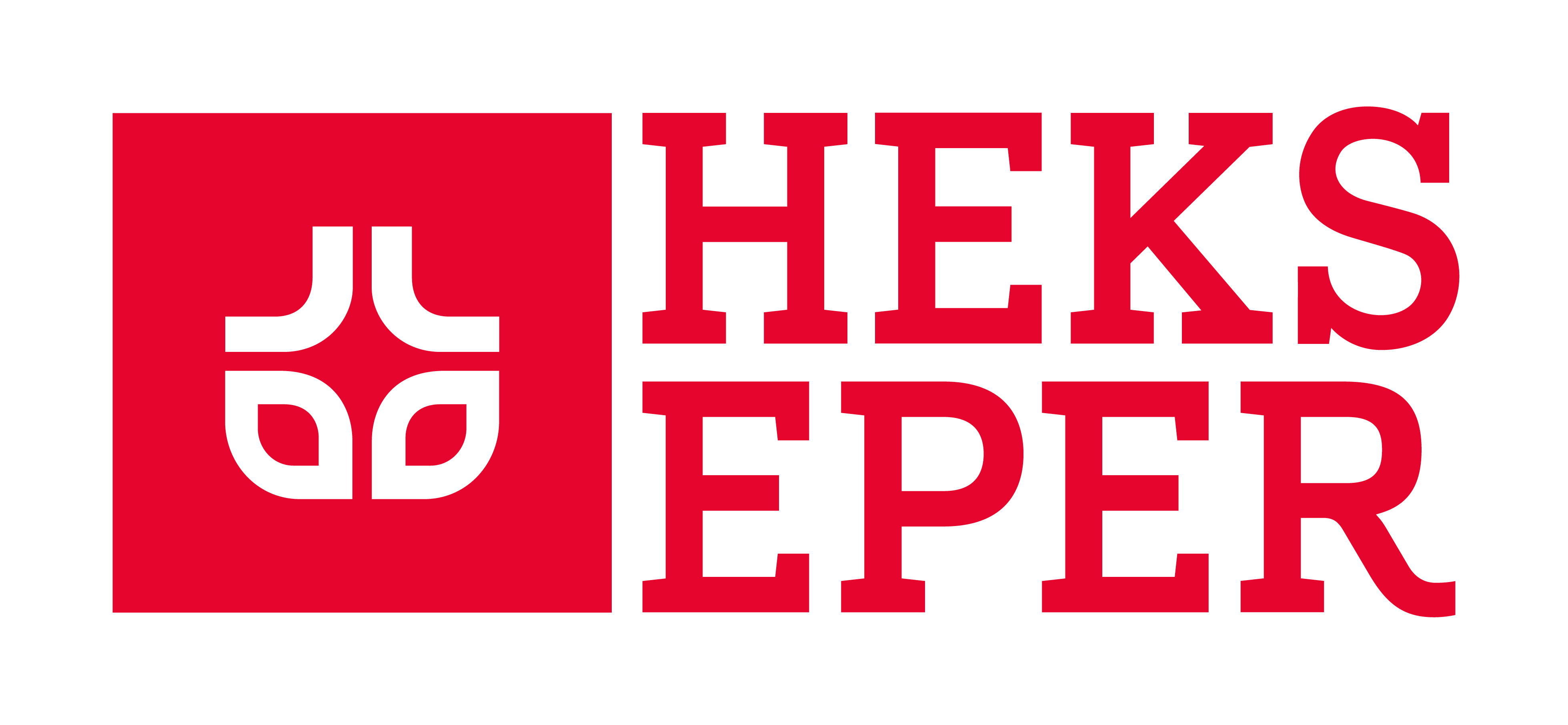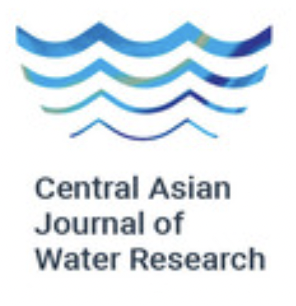Greenpeace Brasil
O Greenpeace chegou ao Brasil no mesmo ano em que o país abrigou a primeira e mais importante conferência ambiental da História, a Eco-92.
O protesto que marca a fundação da organização por aqui foi uma ação contra a usina nuclear de Angra. Chegando por mar, ao bordo do navio Rainbow Warrior, os ativistas fixaram 800 cruzes no pátio da usina, simbolizando o número de mortos no acidente de Chernobyl.

